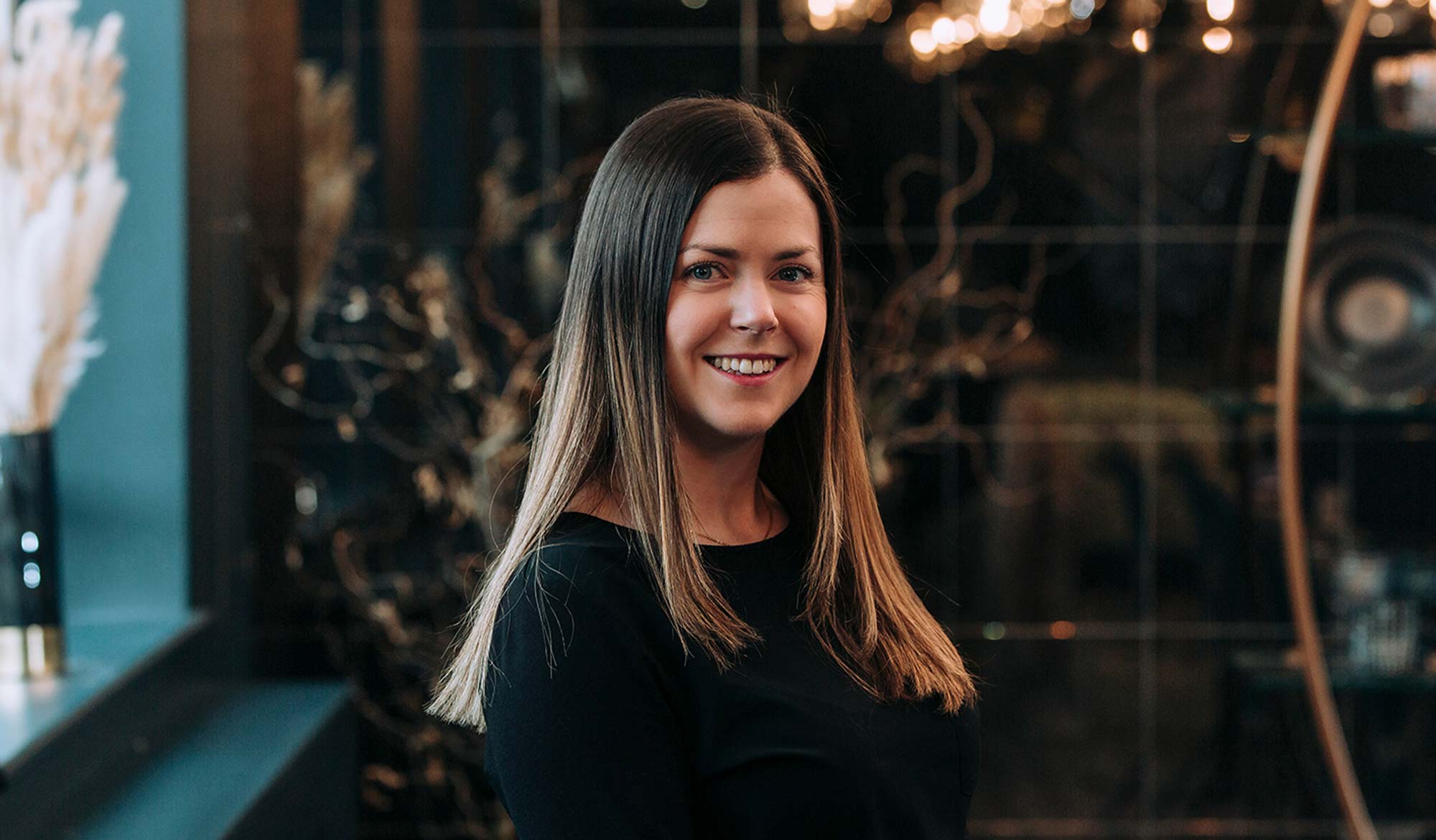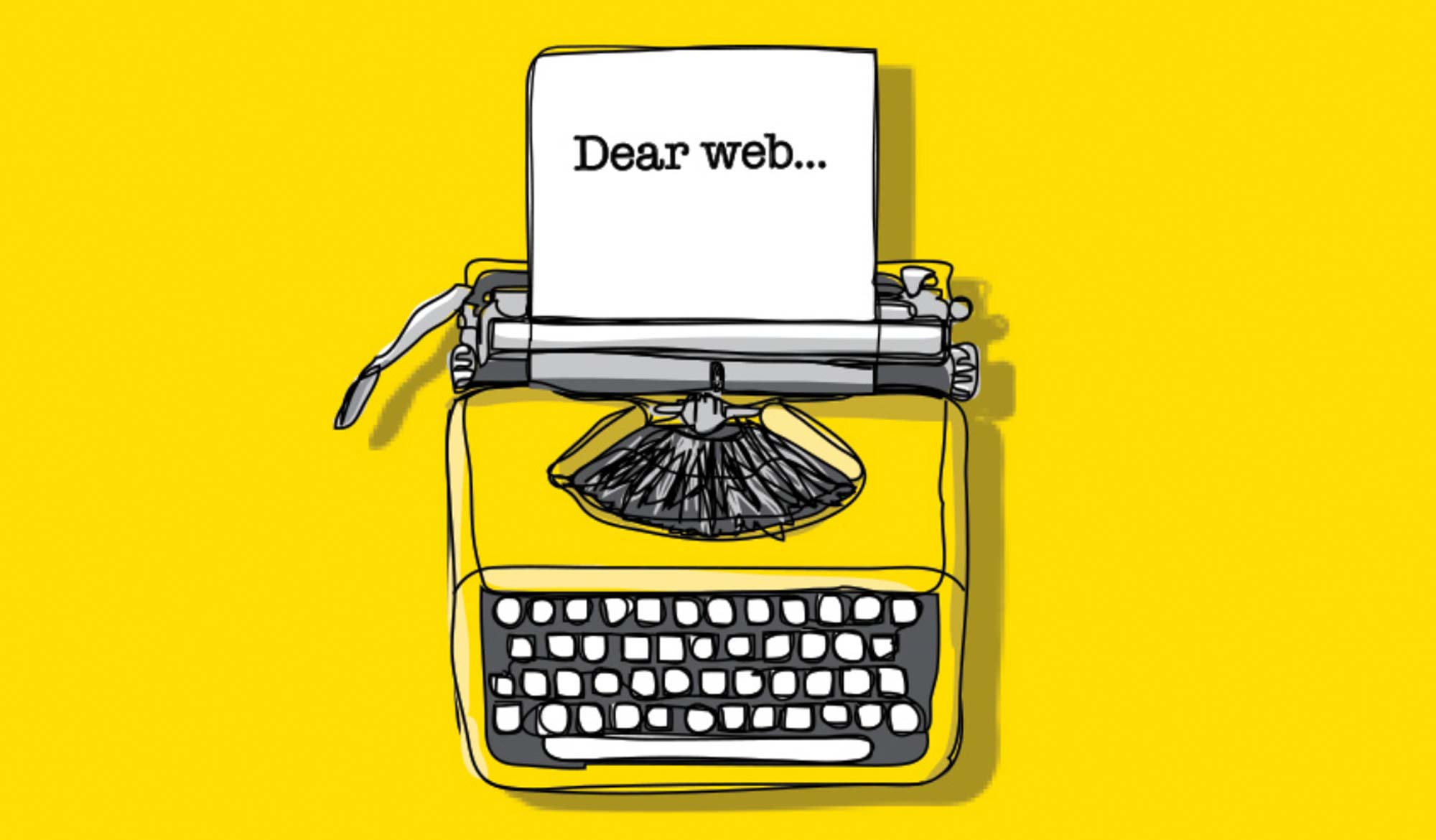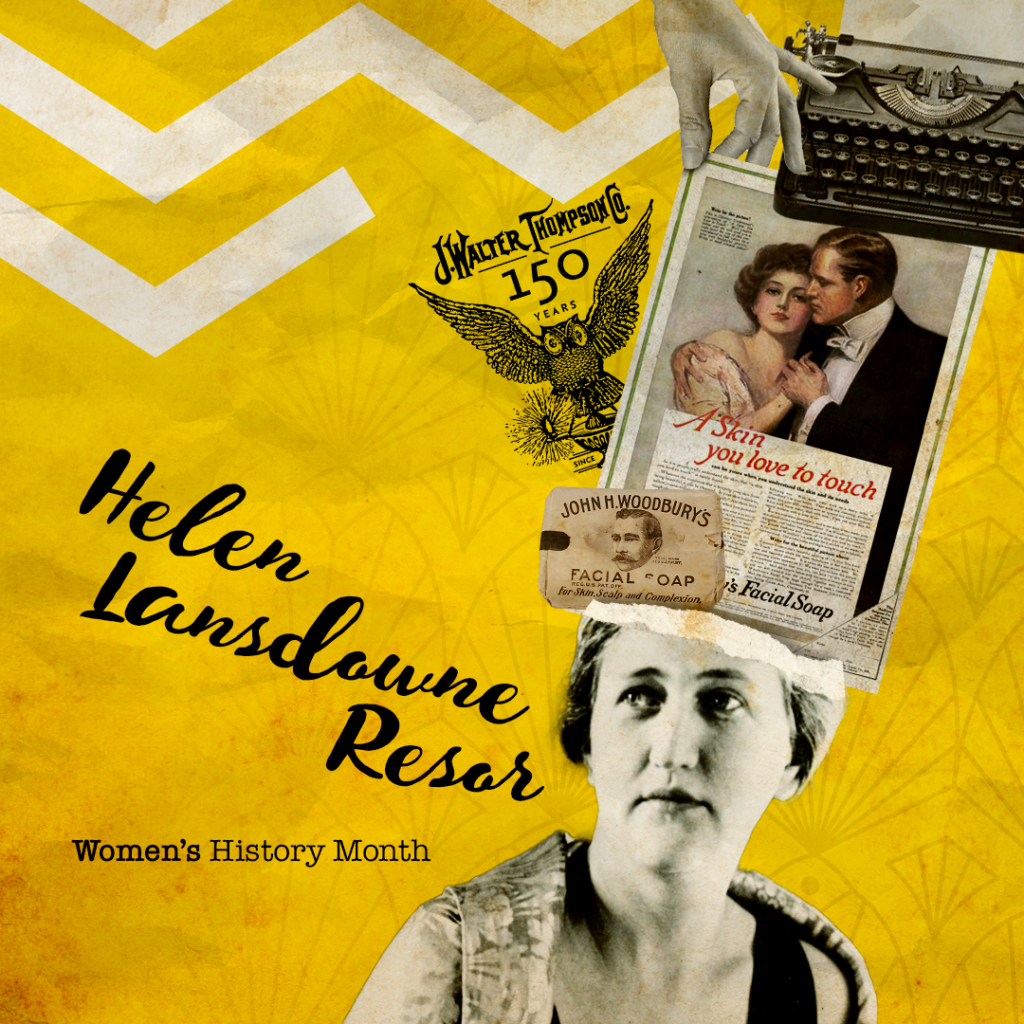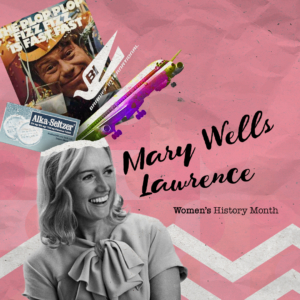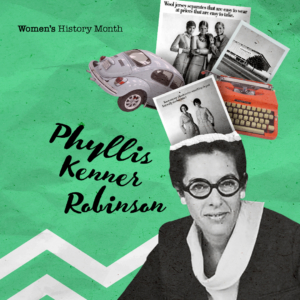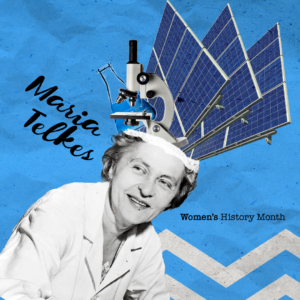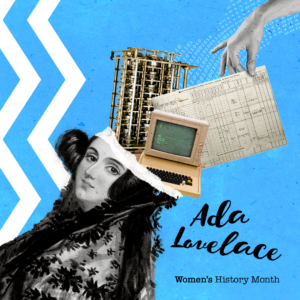Women’s History Month 2023
The month of March is Women’s History Month, celebrated in the United Kingdom, the United States, and Australia, and is a time to highlight and celebrate the contributions of women in history.
The commemoration began in California in 1978 as “Women’s History Day”. It was later championed by Gerda Lerner and the National Women’s History Alliance to first be recognised as a week in 1980, and then an entire month in 1987, before spreading internationally.
It seemed only fitting to look into the history and tell the stories of some female pioneers from our industry and the industries that inspire us, to hopefully inspire you too.
Helen Lansdowne Resor
Helen Lansdowne Resor led the Women’s Editorial Department of J. Walter Thompson in the early 1900’s. These women changed the world of advertising.
Helen is thought to have been the first person to introduce the concept of ‘sex appeal’ into advertising, with her ‘A Skin You Love To Touch’ ad campaign for Woodbury’s Soap.
In 1918 the total revenue for J. Walter Thompson was $3.9 million, and over half of the overall earnings – $2.2 million in fact – was revenue generated by the Women’s Editorial Department. By 1925, 65 of the accounts in the company were run by 22 women, compared to the 19 male copywriters that handled just 18 accounts.
Mary Wells Lawrence
Mary Wells Lawrence became the first woman to found, own and run a major agency when, after being denied a promotion that was promised to her, she founded Wells Rich Greene in 1966. Mary also became the first female CEO of a company traded on the Big Board of the New York Stock Exchange.
When working for Jack Tinker and Partners, Lawrence worked on a campaign for Braniff International Airways. The airline had good routes, but nobody knew about them. Lawrence visited airports to see that they were all plain, bland and, quite frankly, boring. To make the airlines stand out, she had the idea to inject some colour. Each of the 7 planes were painted in one of the 7 bright brand colours that the team chose. They also had a fashion designer make colourful uniforms for the Stewardesses, and started calling them Hostesses. Other airlines were forced to change their own advertising because of how big of an impact Lawrence had on Braniff International Airways. “The End of the Plain Plane”.
Lawrence is responsible for some of advertising’s greatest campaigns, including Alka-Seltzer’s “Plop, Plop, Fizz, Fizz,” Ford’s “Quality is Job One”, “I Love New York” and so many more.
Phyllis Robinson
Born in 1921, Phyllis Robinson is another woman who created some of the best work ever to come out of the golden age of advertising. Despite her bachelors degree in sociology, supposedly Robinson wanted to be a writer.
Robinson became the first ever chief copywriter at Doyle Dane Bernbach, a marketing communications network, supervising a team that included Mary Wells Lawrence,, and Paula Green, an American advertising executive.
Robinson worked on many memorable campaigns for numerous clients, including Ohrbach’s. In fact, the campaign for Ohrbach’s was so successful that when Volkswagen decided to introduce the Beetle to the U.S. market, they did not conduct an agency search. Instead, they simply said, “We want the agency that does Ohrbach’s”.
In 1999, Advertising Age magazine named Robinson one of the 100 most influential figures in the history of advertising.
Dr. Maria Telkes
Dr. Maria Telkes (1990-1995) was a Hungarian biophysicist and pioneer in solar energy research.
In 1924, she studied the conversion of heat into energy with the Westinghouse Corporation, before joining MIT to study Solar Energy. Telkes then became an adviser to the Office of Scientific Research and Development during the Second World War. One of the first projects she worked on was a solar powered desalination machine that would turn seawater to fresh water.
Once Telkes realised that solar energy could work in different ways, she focused on the development of solar powered homes. The system that she worked on involved using solar energy to melt Glauber’s Salt, using the heat to warm air. The process was not always successful, leading to MIT removing her from her role as the head of the solar energy project.
Telkes did not let this stop her, and she formed a partnership with architect Eleanor Raymond, with backing from the wealthy philanthropist Amelia Peabody, to develop the Dover Sun House. At New York University’s College of Engineering, Telkes developed a solar powered oven.
Her fascination with solar energy soon drew her back to an academic life, as she joined the University of Delaware’s Institute of Energy Conversion to research and study photovoltaic (PV) cells, which form the basis of a global industry helping to wean the world off of fossil fuels.
Ada Lovelace
Ada Lovelace, born in 1815, is well known as the first computer programmer.
Her mother, Lady Byron, had mathematical training, and insisted that Ada also study mathematics, an uncommon education for women at the time. After her private education with tutors and then continuing with self-education, Lovelace was helped in her advanced studies by mathematician-logician Augustus De Morgan, the first professor of mathematics at the University of London.
When introduced to Charles Babbage at a party in 1833, Lovelace, 17, became entranced by his machines as soon as she saw the small working section of the Engine he demonstrated to her.
In 1843 she published a translation from an article on the Analytical Engine,
“Elements of Charles Babbage’s Analytical Machine” by Italian engineer, Luigi Menabrea, to which Ada added elaborate annotations of her own. The Notes included the first published description of a stepwise sequence of operations for solving certain mathematical problems, and Ada is often referred to as ‘the first programmer’.
Perhaps more importantly, the article contained statements by Ada that from a modern perspective are visionary.
She speculated that the Engine ‘might act upon other things besides number… the Engine might compose elaborate and scientific pieces of music of any degree of complexity or extent’.
Referred to as a ‘prophet of the computer age’, Lovelace was certainly the first to express the potential for computers outside of mathematics.
